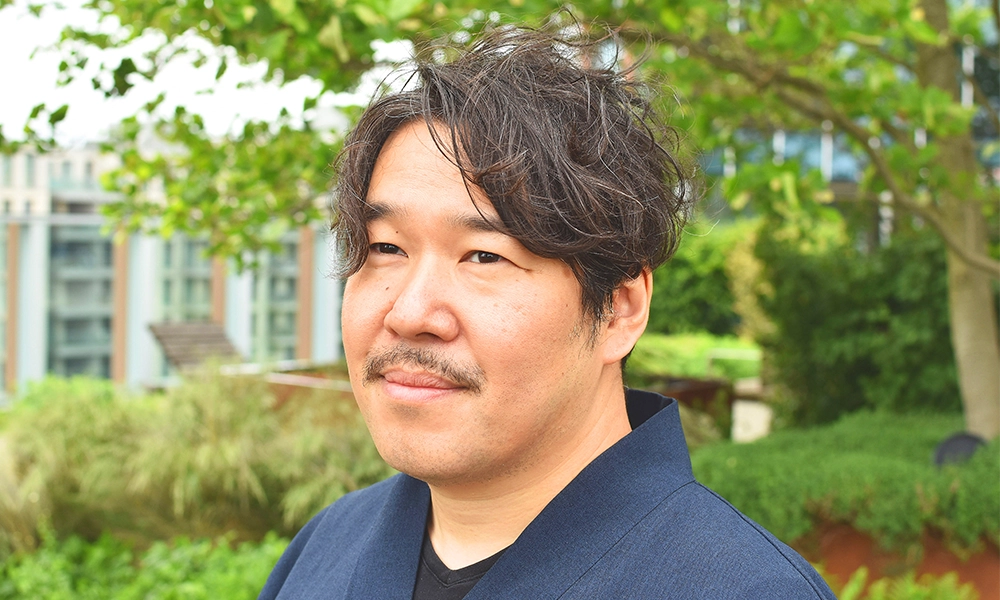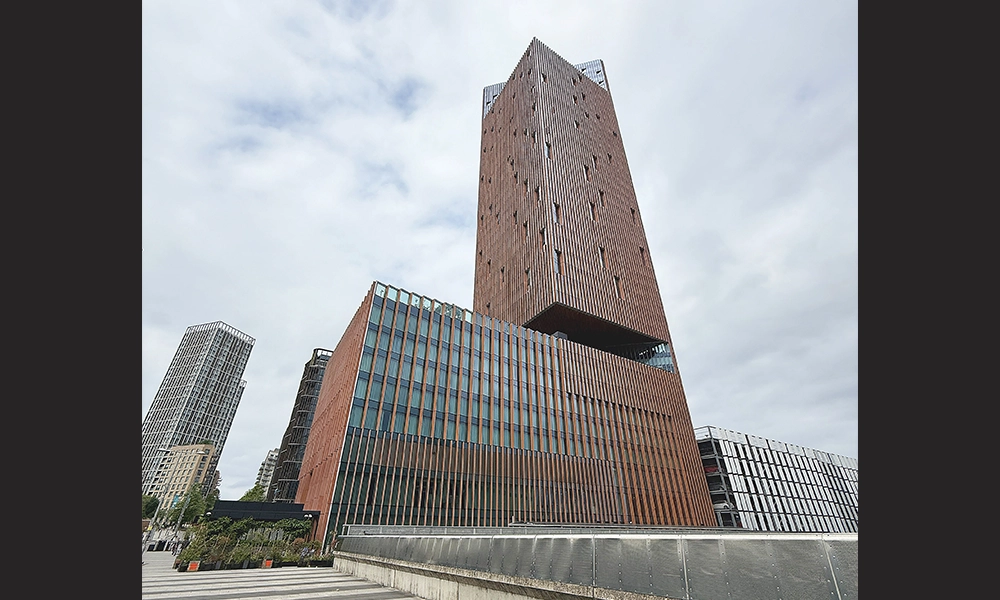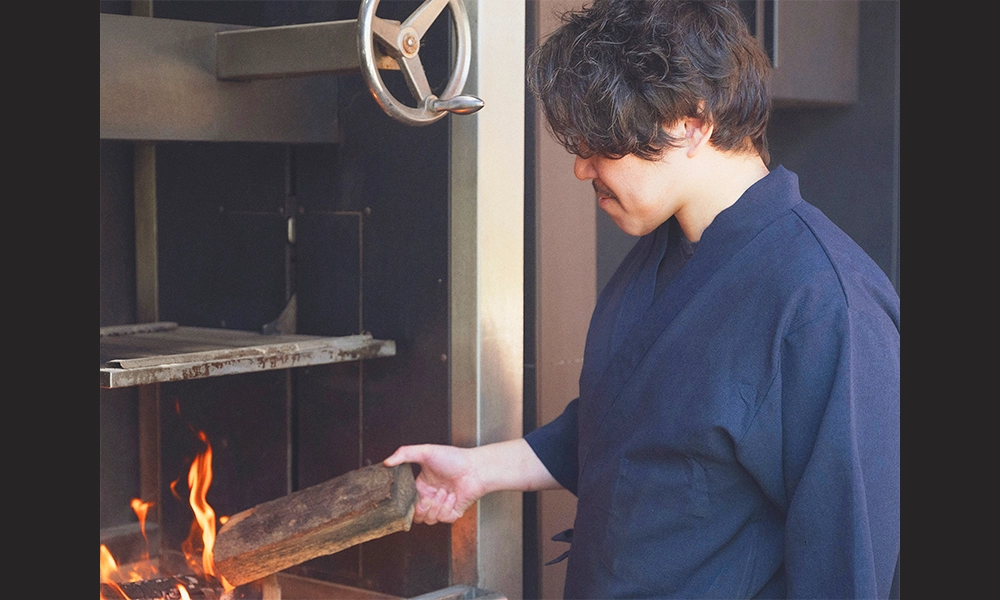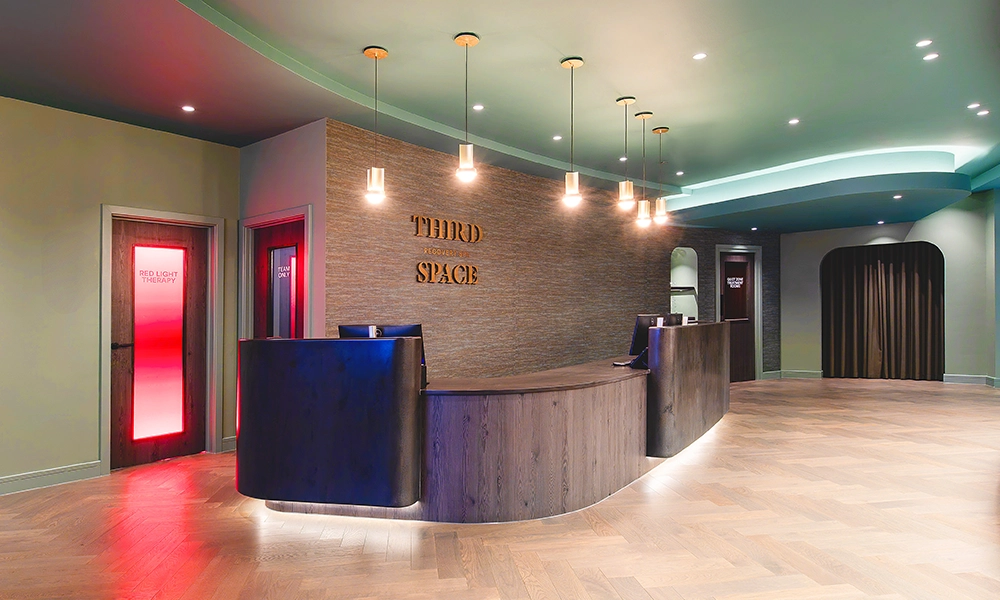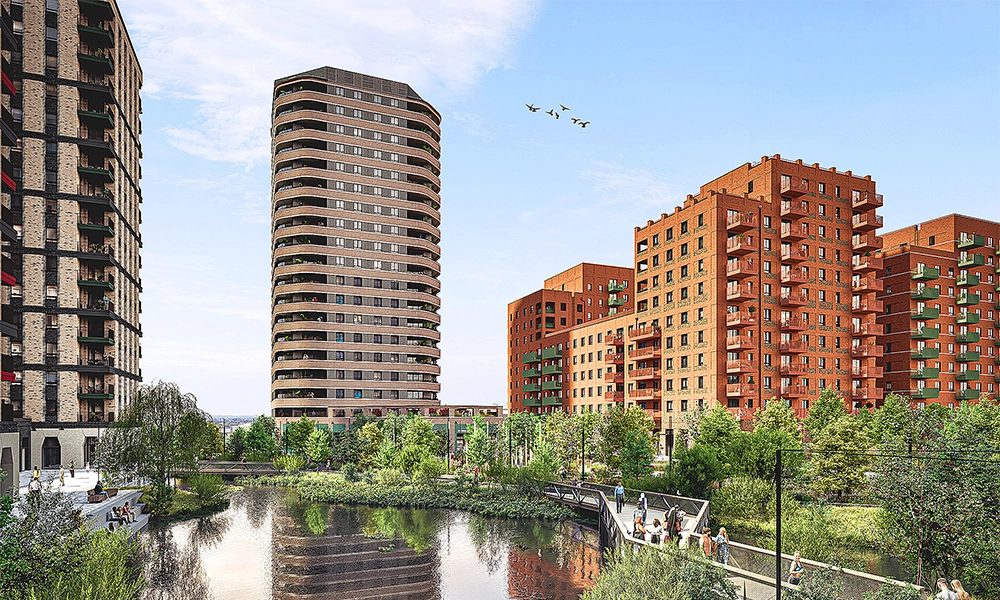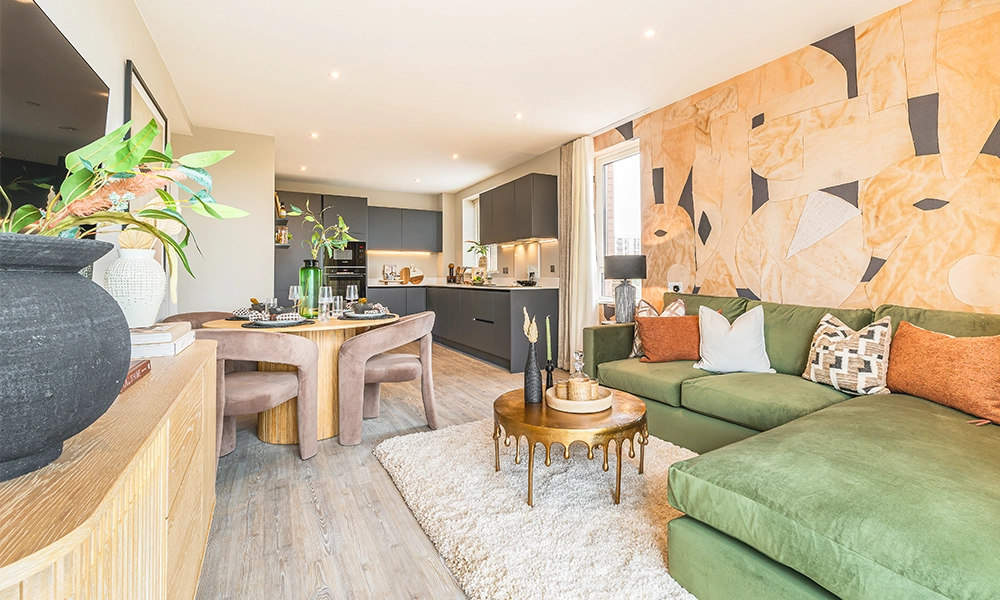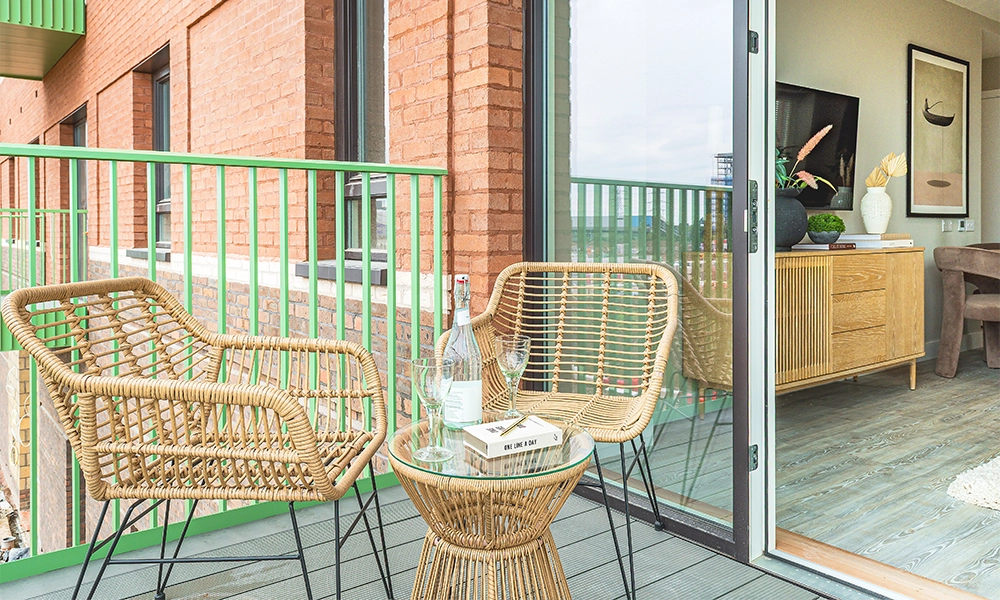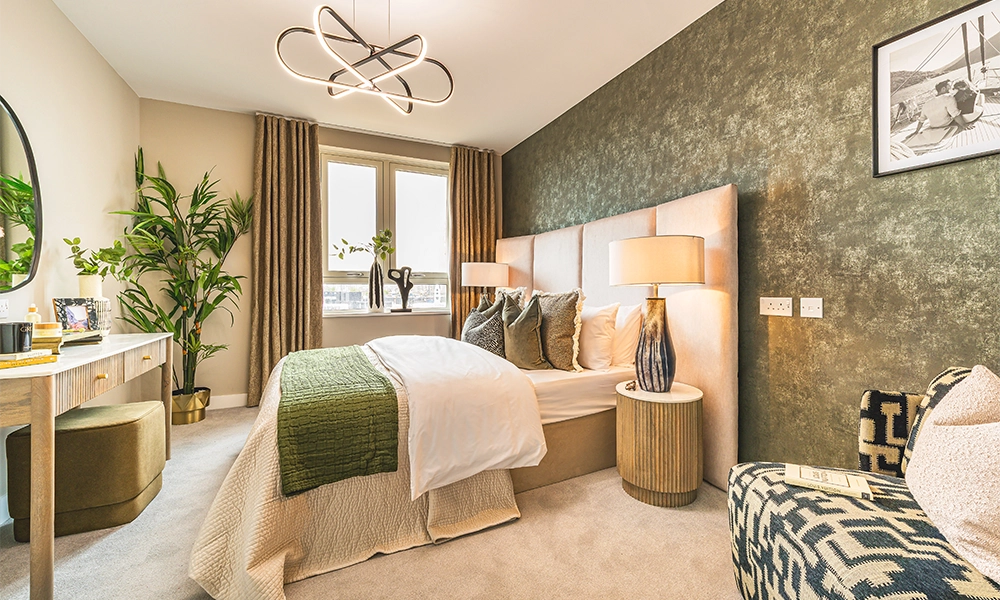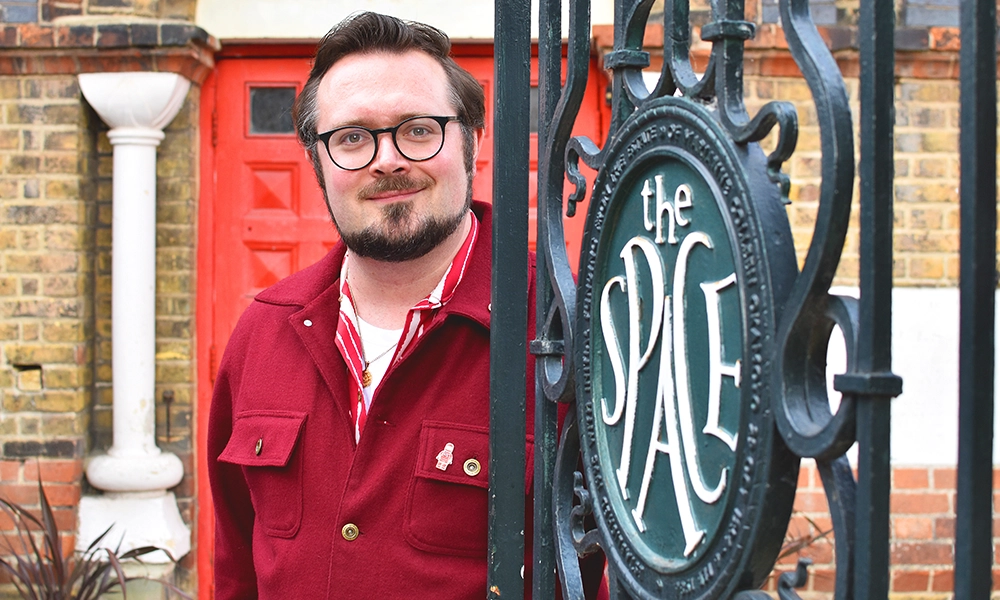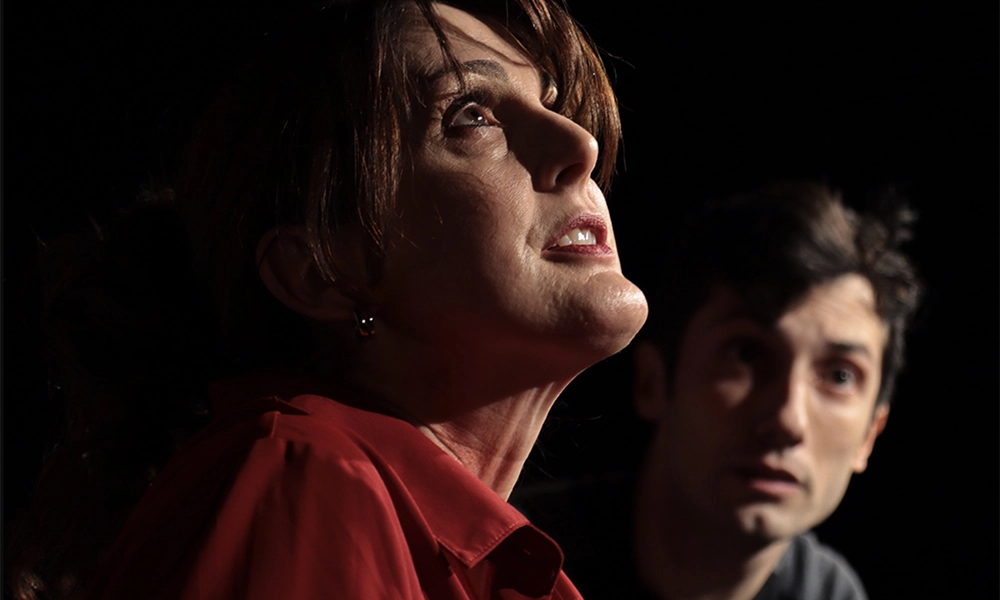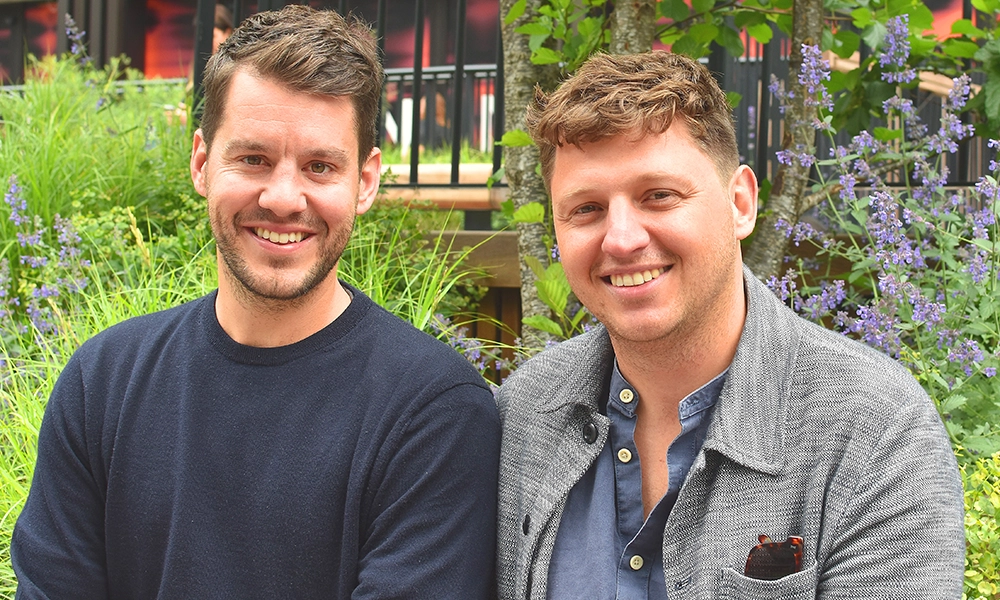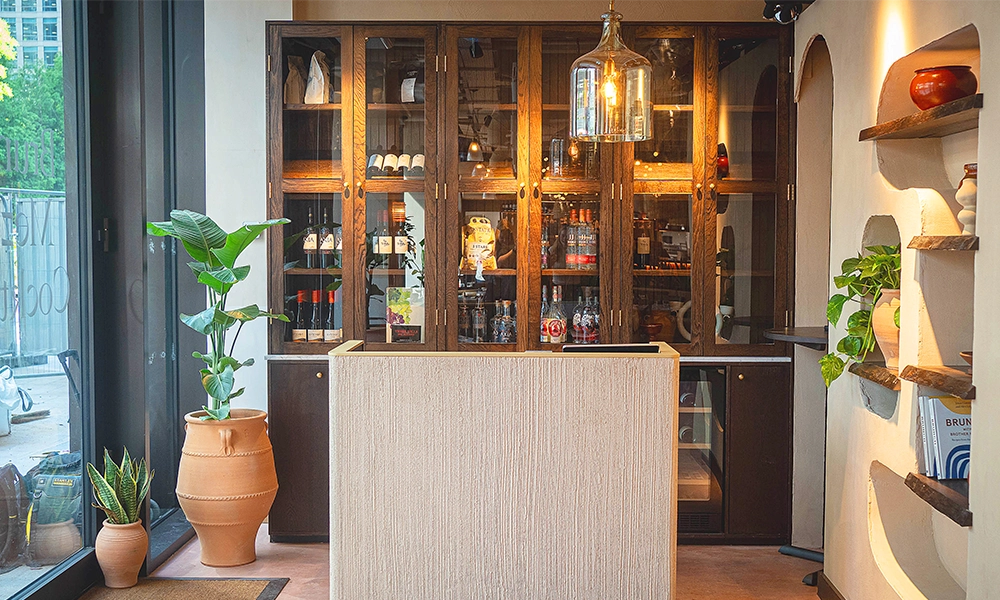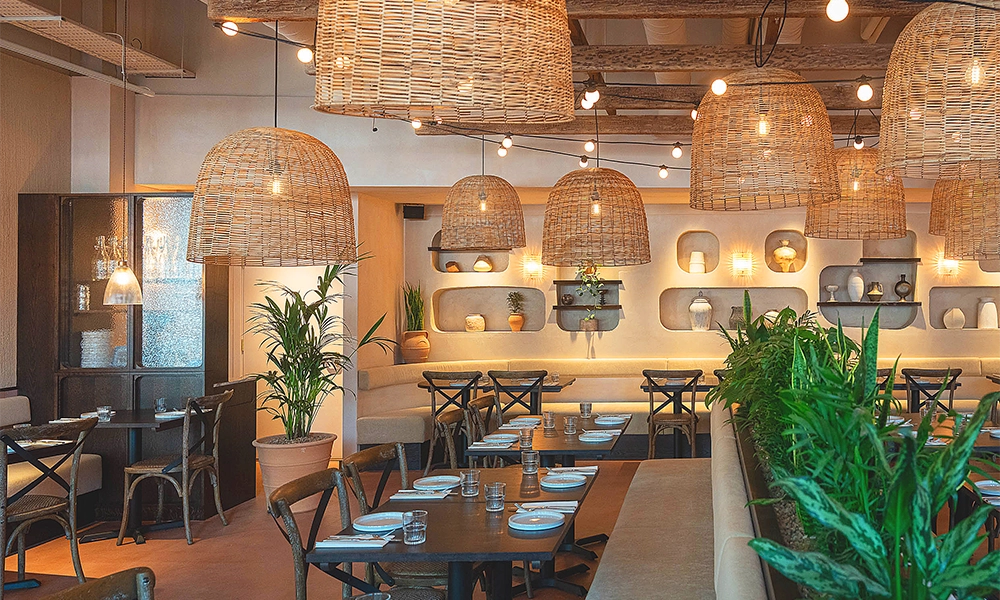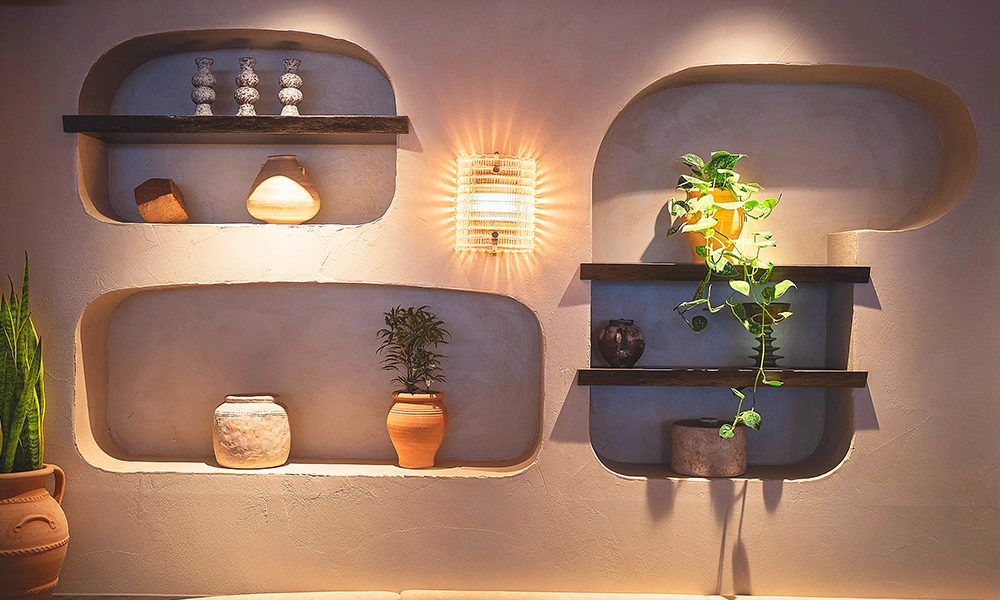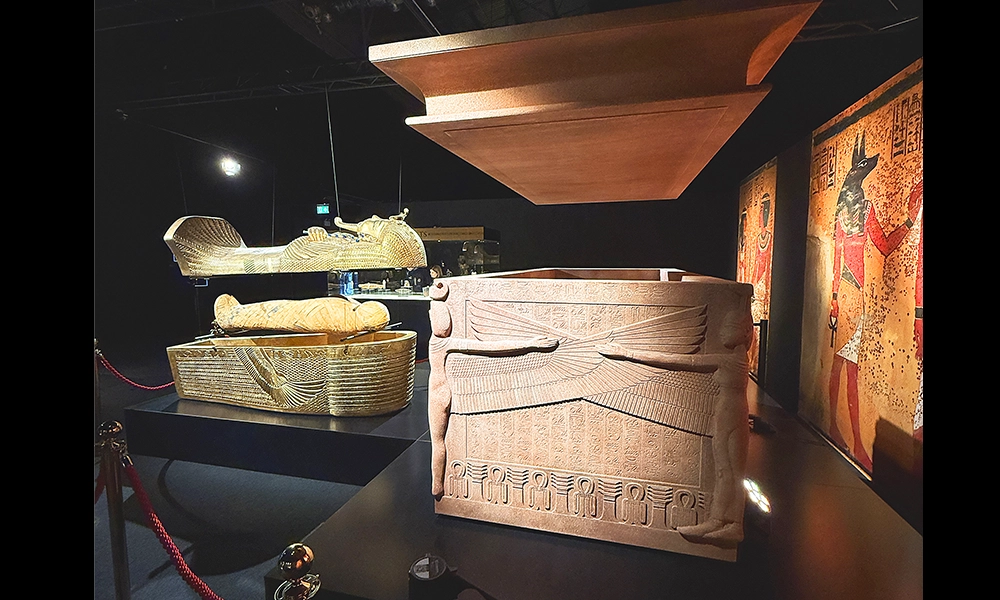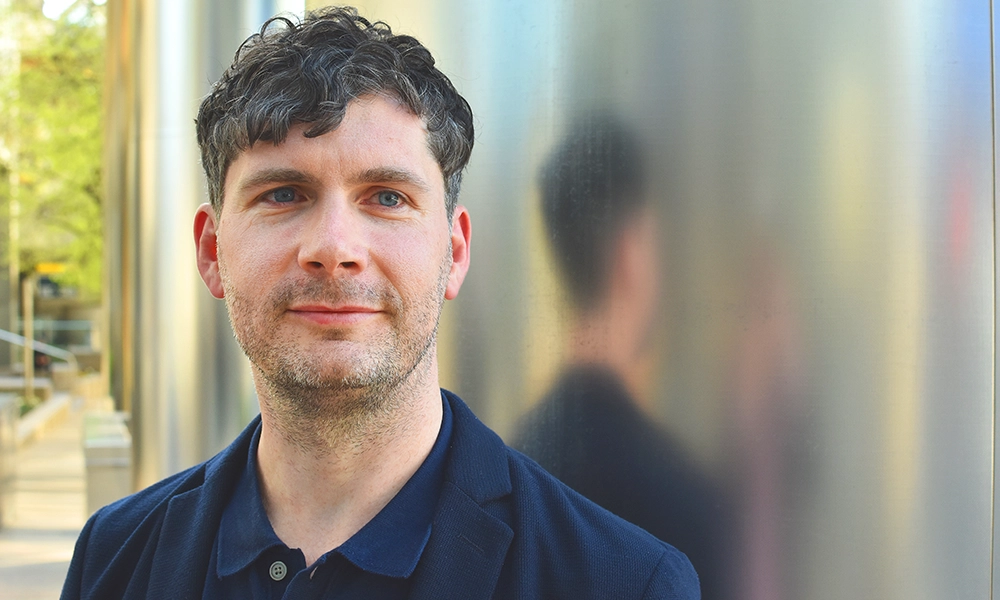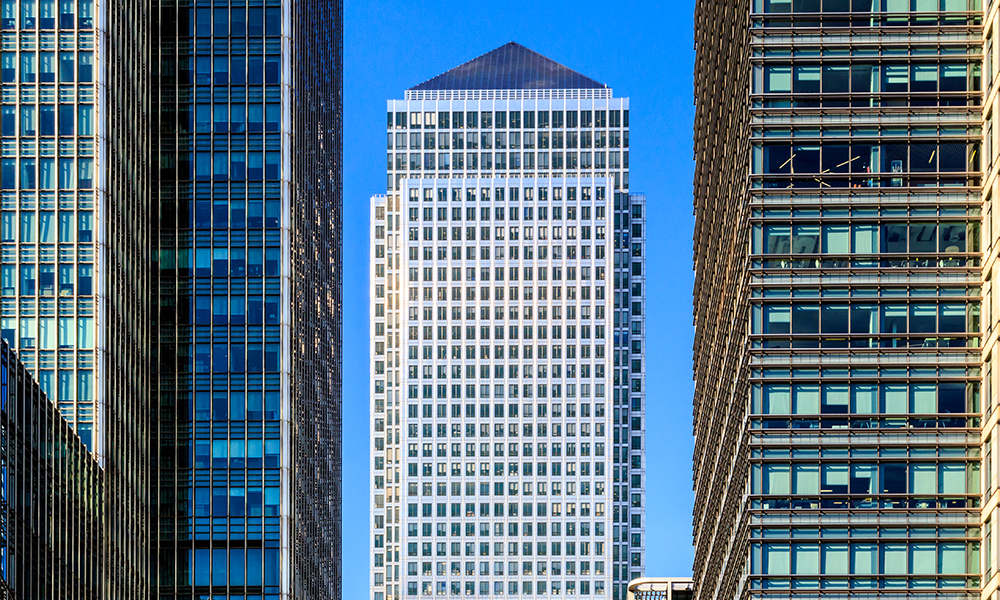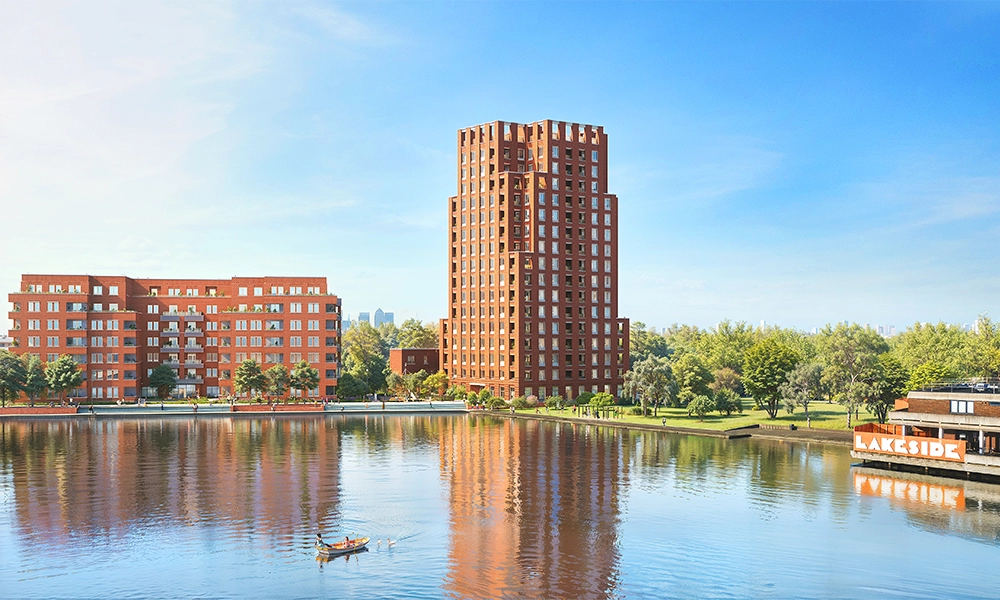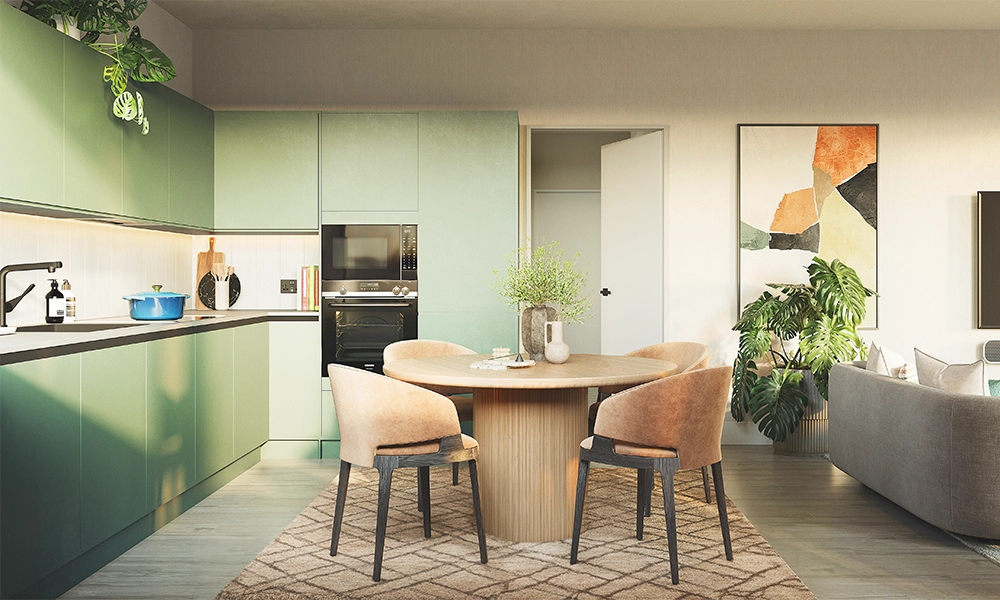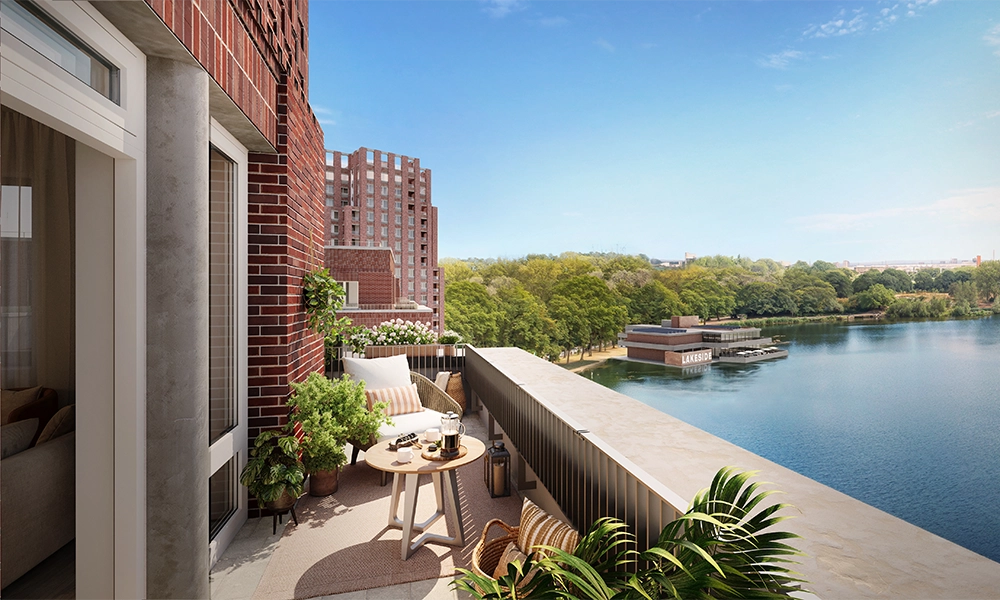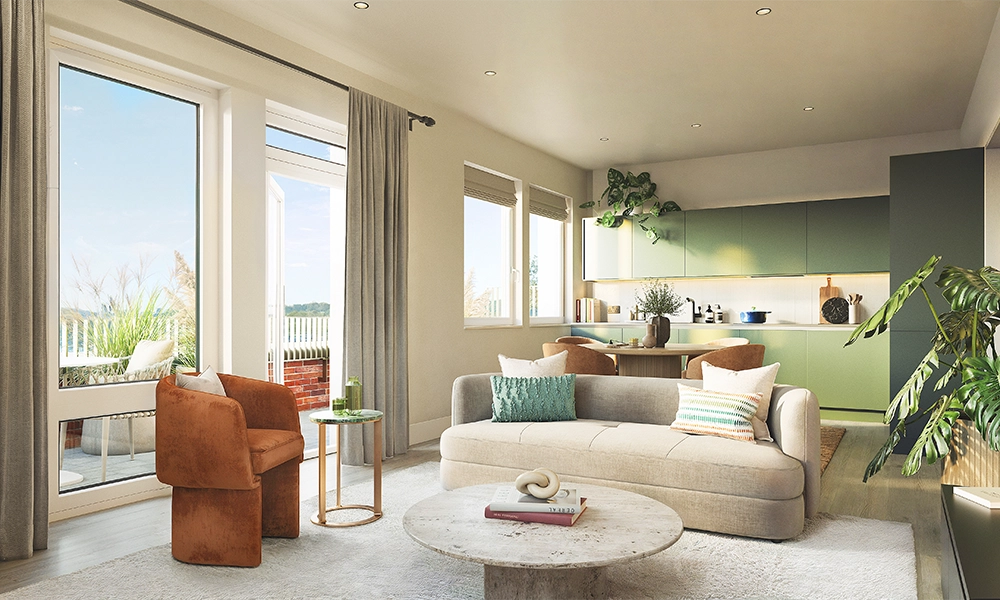With the warmer weather upon us, the neighbourhood has a wealth of options for groups and parties of all sizes in the east London sunshine
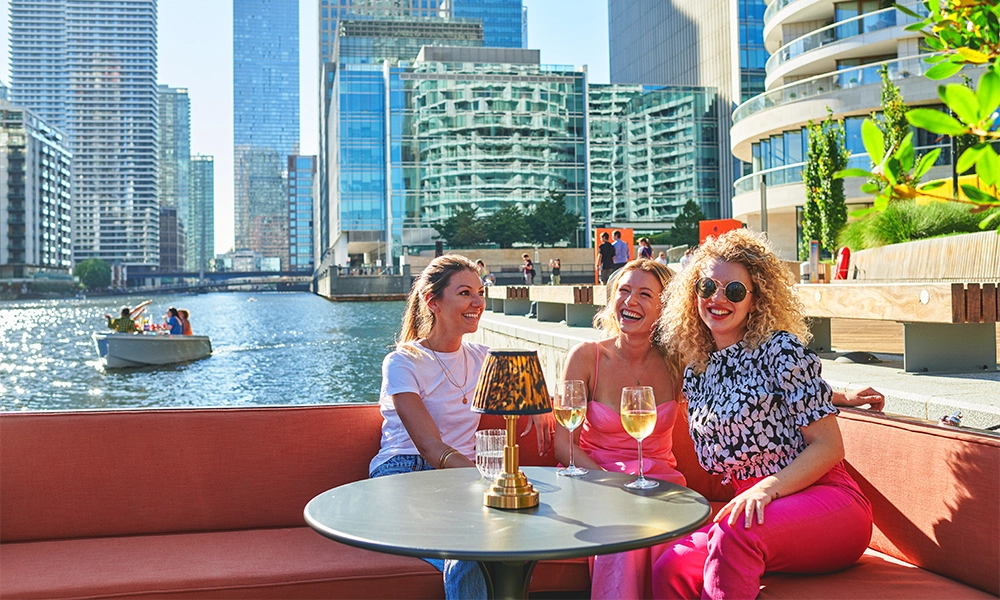
Subscribe to our free Wharf Whispers newsletter here
ADVERTISMENT FEATURE
Canary Wharf is built on connections, creating a community of people and organisations with opportunities to come together, grow, evolve, discuss, create ideas and make things happen.
Central to bringing people together are event spaces and experiences, offering a variety of unique venues for every occasion.
From large team meetings and workshops to corporate parties, private dining, team bonding and more, we’ve got the space and the opportunities to showcase, engage, impress and bring people together.
Looking for the right location for your next event?
Explore below for inspiration or follow this link
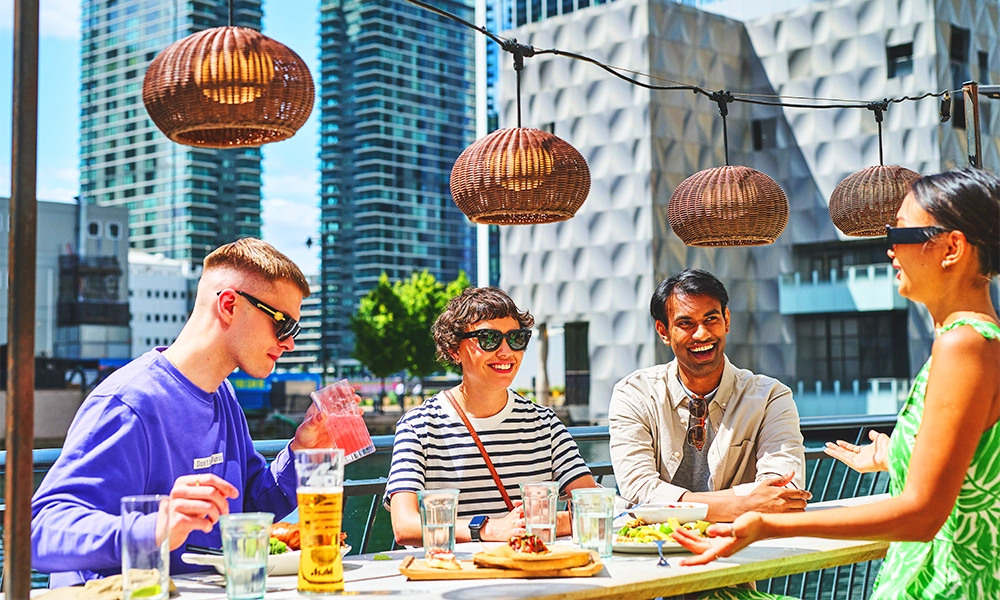
celebrate outdoors in Canary Wharf
>> When the sun starts shining, it’s time to head outside and Canary Wharf has some amazing venues with outdoor space to arrange an alfresco meet-up…
The Boathouse
Harbour Quay Gardens / Wood Wharf
Inspired by intimate speakeasies and chic Parisian jazz clubs, The Boathouse boasts modern facilities, stylish décor and a large rooftop area with ample seating.
Max Capacity – 25 seated, 200 standing
bookings@boathouselondon.co.uk
—–
The Parlour
Park Pavillion / Canada Square
This is a gorgeous bar and restaurant perfect for both daytime and evening events with its large terrace.
Max Capacity – 200 seated, 550 standing
info@theparlourbar.co.uk
—–
Humble Grape
Mackenzie Walk
This venue boasts more than 400 artisan wines on its list, innovative cooking in its kitchen and private hire spaces.
Max Capacity – 90 seated, 120 standing
events@humblegrape.co.uk
—–
Hawksmoor Bar
Water Street / Wood Wharf
The water-level floating bar and events space offers a variety of different options including a beautiful outdoor terrace.
Max Capacity – 300 standing
woodwharf@thehawksmoor.com
—–
BrewDog
Churchill Place
Whether you’re planning a business meeting, private party or special celebration, BrewDog Canary Wharf is ideal.
Max Capacity – 310 seated, 510 standing
canarywharfbar@brewdog.com
—–
GoBoat
Churchill Place
Enjoy a team social with a difference aboard your own self-drive boat, cruising the waters around Canary Wharf.
Boat Capacity – 8
ahoy@goboat.co.uk
—–
Emilia’s Crafted Pasta
George Street / Wood Wharf
Walking into this venue is like entering a bustling trattoria in Italy’s Emilia Romagna region, with all the plentiful food and drink options one would expect. There’s also an alfresco space for outdoor dining.
Max Capacity – 60 plus 24 seated outside
hello@emiliaspasta.com
—–
No 35 Mackenzie Walk
Mackenzie Walk
No 35 Mackenzie Walk is a lively bar and restaurant – the perfect spot for large scale breakfast or brunch events, seated three-course dining or drinks receptions with DJ and substantial canapés or finger food.
With a dedicated events team on hand to help organise your event, they have tried and tested menus and packages to suit all occasions. The large bar and extensive south-facing waterside terrace makes it a perfect summer party destination.
Max Capacity 90 seated, 300 standing
reservations@no35mackenziewalk.co.uk
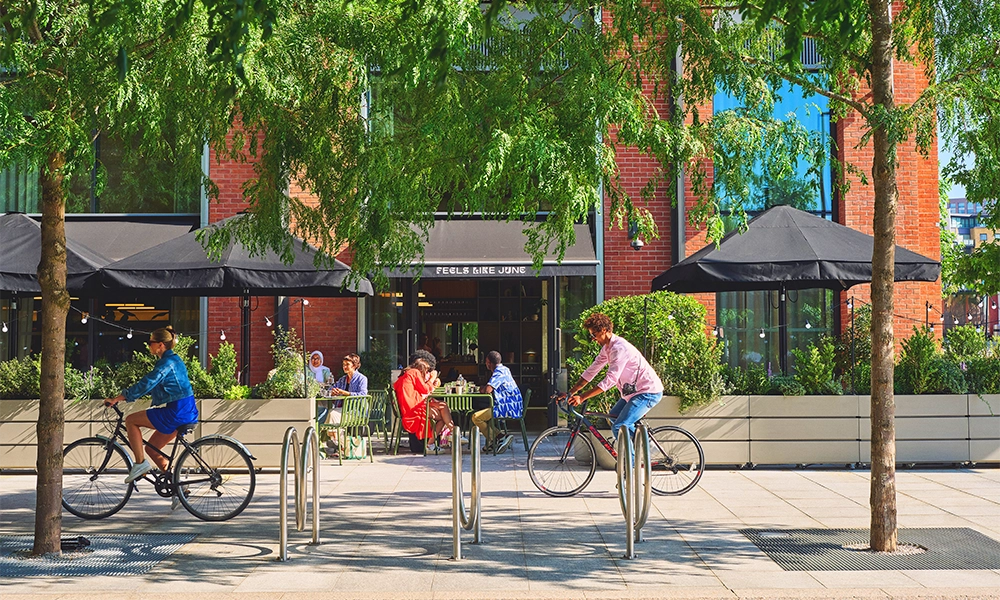
stay in Canary Wharf
>> For Summer Socials that stretch into the night, why not book a place to stay and cut out the commute in the morning?
TRIBE Hotel
Water Street / Wood Wharf
With 312 rooms set across six floors, this venue also boasts a 24-hour, free-flowing ‘Social Hub’ plus dining and event destination Feels Like June which can seat up to 220.
Rooms To Book – 312
reservations.canarywharf@mytribehotel.com
—–
Vertus Edit
Union Square / Wood Wharf
Opened in March, Vertus Edit offers guests a choice of 378 studios across two buildings in West Lane with rooms ranging in size from 200sq ft to 301sq ft.
Each comes with a fully-equipped kitchen, dining space, comfy double beds, super-fast wi-fi, and a bright bathroom with a walk-in shower and complimentary toiletries.
Guests can enjoy shared spaces, including a lush garden lounge and landscaped terrace, co-work, gym, meeting rooms and private dining rooms.
Rooms To Book – 378
reservations@vertusedit.com

fine dining for Summer Socials
>> Food is at the heart of a good celebration and Canary Wharf offers an extensive range of options for group bookings, ideal for team lunches or larger gatherings
Blacklock
Frobisher Passage
Nestled beneath the train tracks of the North Dock in Canary Wharf, Blacklock is perfect for group dining, serving up sharing plates of chops, succulent steaks and plenty in between.
Max Capacity – 120 seated
canarywharf@theblacklock.com
—–
Brasserie Marceline
Water Street / Wood Wharf
Planning an event? French cuisine specialist Marceline has the perfect space for it. Choose from the elegant main dining room, their waterside terrace, or semi-private and fully private dining rooms.
Max Capacity – 400 standing
events@marceline.london
—–
Din Tai Fung
Crossrail Place
A Taiwanese restaurant and bar where award-winning Xiao Long Bao soup dumplings meet group dining perfection. There’s even a private space that can accommodate up to 16 guests.
Max Capacity – 130 seated
canarywharf@dintaifung-uk.com
—–

Caravan
Reuters Plaza
Located in the heart of Canary Wharf, sitting alongside Konstantin Grcic’s iconic Six Public Clocks artwork, Caravan Canary Wharf delivers superb all day dining.
Max Capacity – 150 seated
events@caravanrestaurants.co.uk
—–
Dishoom
Water Street / Wood Wharf
Nestled in a little corner of Wood Wharf, Dishoom brings to life the glittering-shimmering, big-business, metropolitan scene of ‘70s Bombay. Perfect for groups.
Max Capacity – 40 on terrace
reservations@dishoom.com
—–
Hawksmoor Wood Wharf
Water Street / Wood Wharf
Hawksmoor’s dedication to flavour and ethical sourcing has seen the venue achieve the highest rating from the Sustainable Restaurant Association. The venue boasts a 150-cover restaurant, a 120-cover bar and private dining room for up to 20 guests
Max Capacity – 150+ seated
woodwharf@thehawksmoor.com
—–
Kricket
Frobisher Passage
Tucked beneath the DLR in Canary Wharf, a reimagined space combines new and unique design. Kricket offers a vibrant setting for groups. Known for its modern Indian food, the menu is perfect for sharing.
Max Capacity – 80 seated
events@kricket.co.uk
—–
Roe
Park Drive / Wood Wharf
Set across three stunning floors with a wrap-around terrace, Roe offers
event spaces overlooking the water – perfect for private dining or special occasions.
Max Capacity – 250+ seated
events@roerestaurant.co.uk
—–
Mallow
Water Street / Wood Wharf
This 100% plant-based restaurant in the heart of Wood Wharf serves seasonal, sustainable food, inspired by cuisines from all over the world. The first floor is available for private hire, with movable seating to assist in creating memorable gatherings.
Max Capacity – 100+ seated
canarywharf@mallowlondon.com
—–
Patty&Bun
Park Drive / Wood Wharf
This is your one stop shop for an epic team lunch, boozy bash or even
full venue hire for something more bespoke. The team can tailor menus and packages to help your event run with ease.
Max Capacity – 60 seated
canarywharf@pattyandbun.co.uk
—–
Wahaca
Park Pavillion / Canada Square
Wahaca brings the vibrant energy of Mexico to Canary Wharf. Available spaces include a bookable private terrace bar overlooking the park and exclusive venue hire.
Max Capacity – 180 seated
canarywharf@wahaca.co.uk
—–
The Ivy In The Park
Canada Square
The venue offers a range of options for group bookings including two private dining spaces decorated in vivacious botanical style. The first floor is also available for hire.
Max Capacity – 50 seated
events@theivy-collection.com
—–
Roka
Park Pavillion / Canada Square
Roka Canary Wharf offers several versatile spaces for your events. The dining room features elegant interiors and a central robata grill, for dining groups of up to 60 guests or 120 when hired exclusively.
Max Capacity – 120 seated
infocanarywharf@rokarestaurant.com
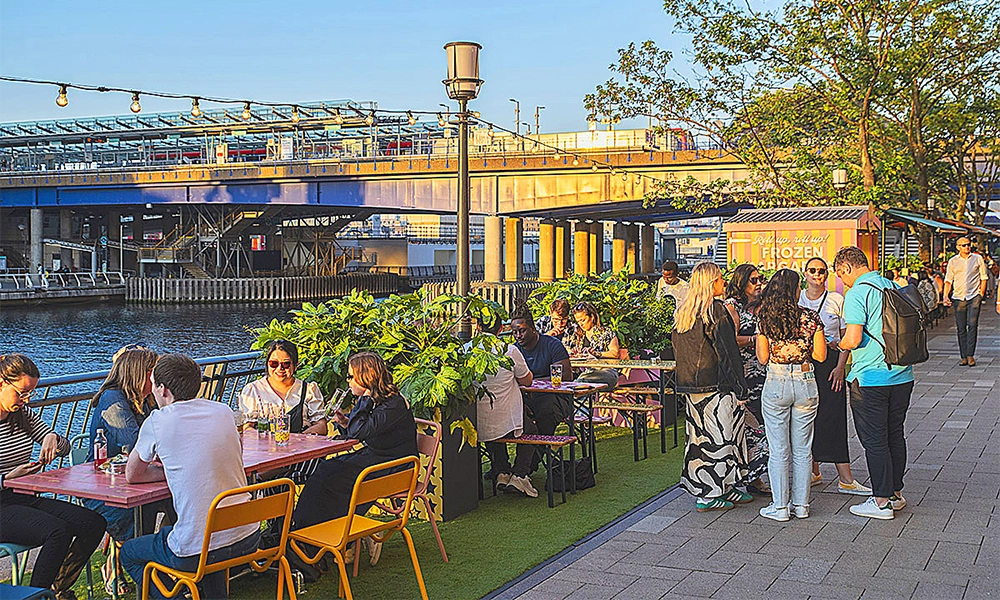
competitive socialising
>> Action-packed gatherings are an increasingly popular option for groups looking to add an extra layer to their events. Check these Canary Wharf options out…
The Cube
Charter Street / Wood Wharf
Combining intense physical and mental skill, The Cube pushes the boundaries of immersive gaming. Based on the Bafta-award winning TV gameshow, players must master balance, speed and judgement across seven games.
Max Capacity – 440
groupbookings@bookthecube.com
—–
Pitch Wharf
Churchill Place
Pitch Wharf is a dynamic, multifunctional venue with a stunning waterside terrace, designed to host events of all sizes. Guests can enjoy
everything from virtual golf games and Mario Kart in their immersive bays to roulette and shuffleboard, creating a unique blend of energy and competition.
Max Capacity – 400
events@pitchldn.co.uk
—–
K1 Speed
Cabot Place
K1 Speed is one of the UK’s most trusted corporate event providers, offering an exhilarating indoor go-karting experience in Canary Wharf. Featuring over 500m of track, next-generation electric karts, and an exclusive bar and lounge area, K1 Speed is the perfect choice for your next event.
Max Capacity – 150
sales@k1speed.com
—–
Fairgame
Fisherman’s Walk
Classic fairground games, reimagined. One unique, immersive experience. This is the funfair… exactly like you don’t remember. With games and drinks packages starting from just £41pp, get in touch with the team now to discuss your next event or social.
Max Capacity – 600
events@wearefairgame.com
—–
Electric Shuffle
Cabot Square / North Colonnade
Bringing together groups of up to 350 guests can be a hassle, but it doesn’t have to be. Electric Shuffle’s high energy tournaments are the ultimate team-building activity
that’s sure to make you the hero of the office party. Located in the heart of Cabot Square, their venue
features two stylish bars, 10 cutting-edge, digially enhanced shuffleboard tables, and vibrant interiors, perfect for turning good nights into great ones.
Max Capacity – 350 standing
bookings@electricshuffle.com
—–
Clays
Cabot Square / Wren Landing
Take a shot at a fantastic interactive experience and make Clays your target for a guaranteed fun-filled
event that everyone will love. All packages include unlimited gameplay in private or semi-private shooting pegs, fully loaded with
delicious food and premium drink options. Set in a spectacular cocktail bar where you can enjoy dancing and post-game celebrations all in one place.
Max Capacity – 330
events@clays-group.com

Summer Socials lates…
>> Summer Socials need not end early evening – Canary Wharf has plenty of venues where the party can go on into the small hours…
Soma
Frobisher Passage
A modern and minimalist take on the classic speakeasy, Soma serves drinks inspired by the Indian subcontinent and beyond. In 2022, Soma Soho, the sister to the brand’s new Canary Wharf bar, was voted Best Bar at the GQ Food And Drink Awards. This is a hidden gem – elegant and understated – just waiting to be discovered, a favourite of those in the know.
Max Capacity – 50 standing
canarywharf@hovarda.london
—–
Hovarda
Water Street / Wood Wharf
Hovarda, the iconic Aegean restaurant and bar that’s already turned heads in Soho, has arrived on the Wharf and it’s everything you’ve been waiting for. Nestled in the trendy Wood Wharf district, this isn’t just a place to eat – it’s an experience.
Max Capacity – 250 standing
canarywharf@hovarda.london
—–
Pergola On The Wharf
Crossrail Place
Pergola On The Wharf is a botanical waterside Eden, grown for naturally good times. Flooded with natural light via floor-to-ceiling windows, strewn with vines and ferns, the indoor space is home to two bars, a beautiful open kitchen and a private dining room.
Max Capacity – 700 standing
events@incipio-group.co.uk
—–
The Alchemist
Reuters Plaza
The Alchemist Canary Wharf is a creative cocktail bar and restaurant with theatre and immersive experiences at its core. Cocktails include serves that change colour, smoke and even levitate. The food menu takes influence from South East Asia and the Americas with playful versions of much loved dishes. The vibrant location has live DJ’s throughout the weekend, playing disco house, classic house and soulful tracks.
Max Capacity – 300 standing
reservations@thealchemistbars.com
—–
Brera Lounge
Cabot Square
Located next to the fountains in Cabot Square, Brera Lounge offers a captivating escape. Guests are invited to indulge in the flavours of authentic Italian pizza, expertly crafted cocktails, and the calming
ambiance of premium shisha beside rushing water.
Max Capacity – 200 seated
tasso@italika.co.uk
—–
The Cocktail Club
Cabot Square / Wren Landing
The venue benefits from a large,
open-plan space with eclectic interior design and a large outdoor
terrace. Have Champagne roaming on trays for your guests’ arrival and why not surprise them with a couple of immersive circus acts. Expect swinging lamps and a large range of cocktails.
Max Capacity – 200 standing
info@thecocktailclub.com
—–
Boisdale Of Canary Wharf
Cabot Place
A lively restaurant and music venue serving modern British food, comprising of the UK’s largest whisky bar, a garden terrace, the Hine bar, a cigar lounge and library, overlooking Cabot Square with the City’s skyline in the distance. There are multiple spaces available for private hire within the venue.
Max Capacity – 250 seated
reservations@boisdale-cw.co.uk
—–
COMING SOON
Canary Wharf never stands still and Mediterranean venues Barbarella and Brother Marcus at YY Londonplus Lina Stores in Crossrail Place will soon be opening their doors to offer further options…
For more on the venues featured, follow this link
Read more: Brother Marcus opens its doors in Canary Wharf




